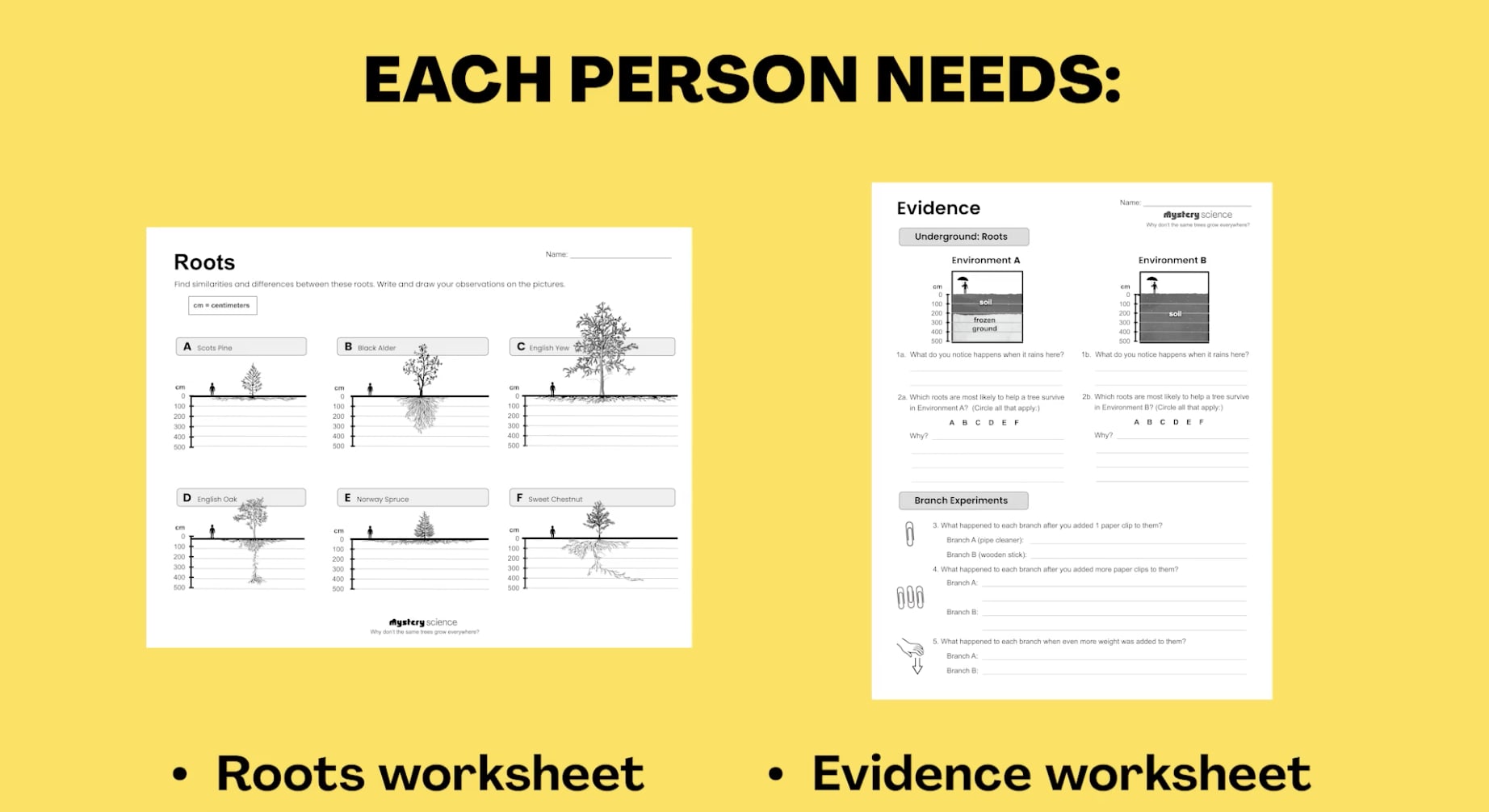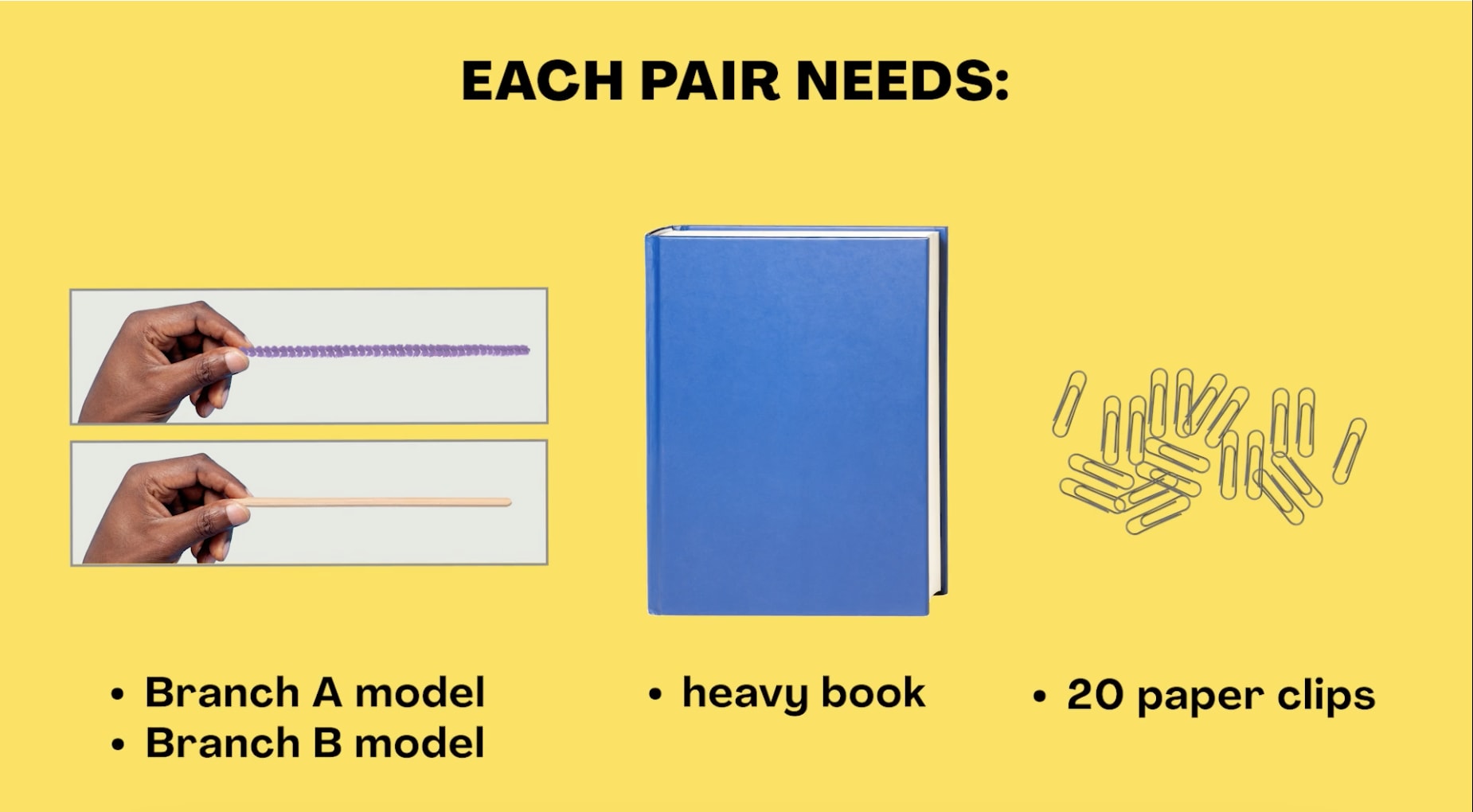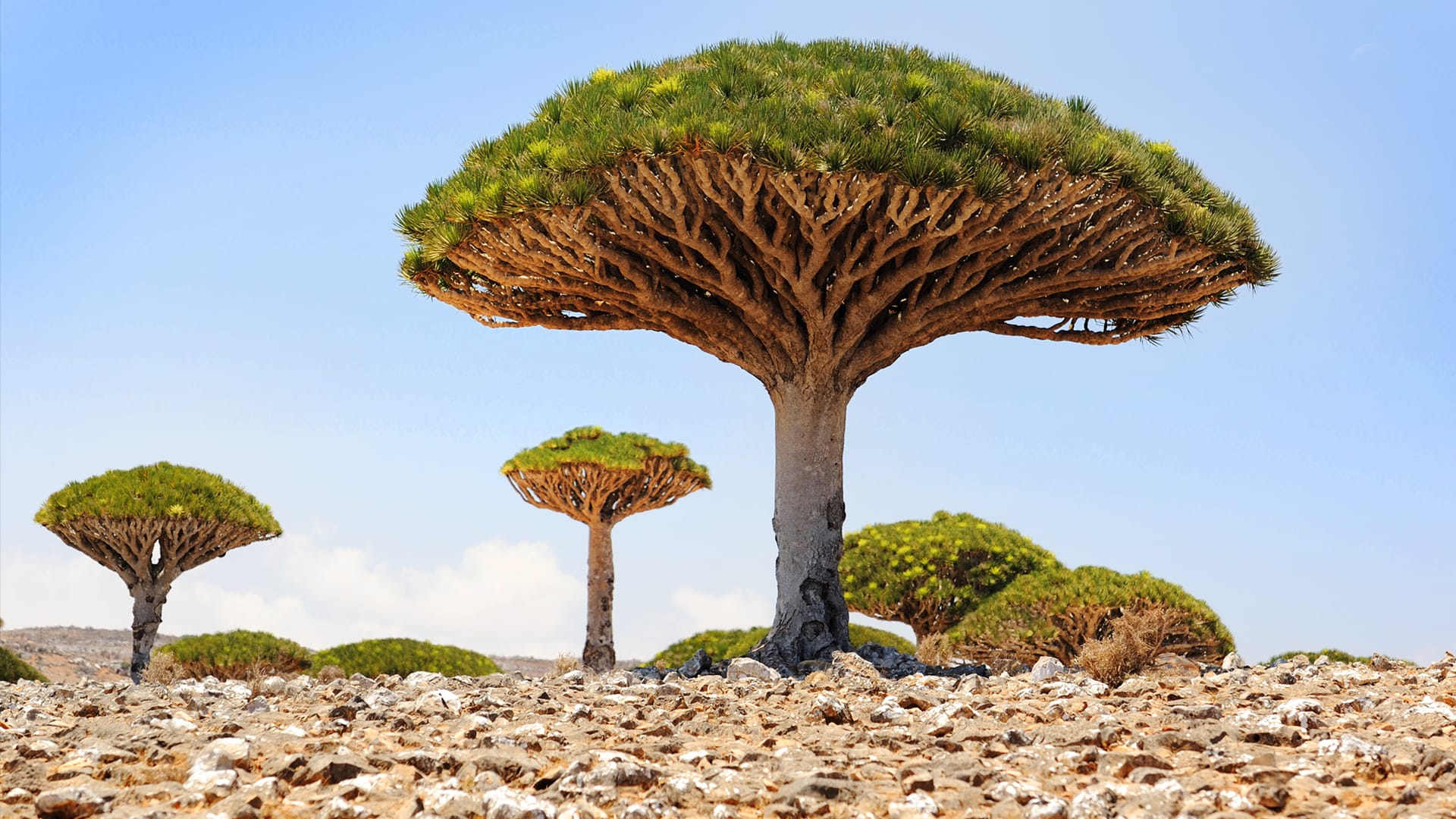
Why don't the same trees grow everywhere?
Scroll for prep

Please wait…
This video is having trouble loading. You may have lost your Internet connection.
Step 1: Click to Reload this page
Step 2: Click to
Try our other video player
Step 3: contact support if trouble persists.
Or,
dismiss this message.
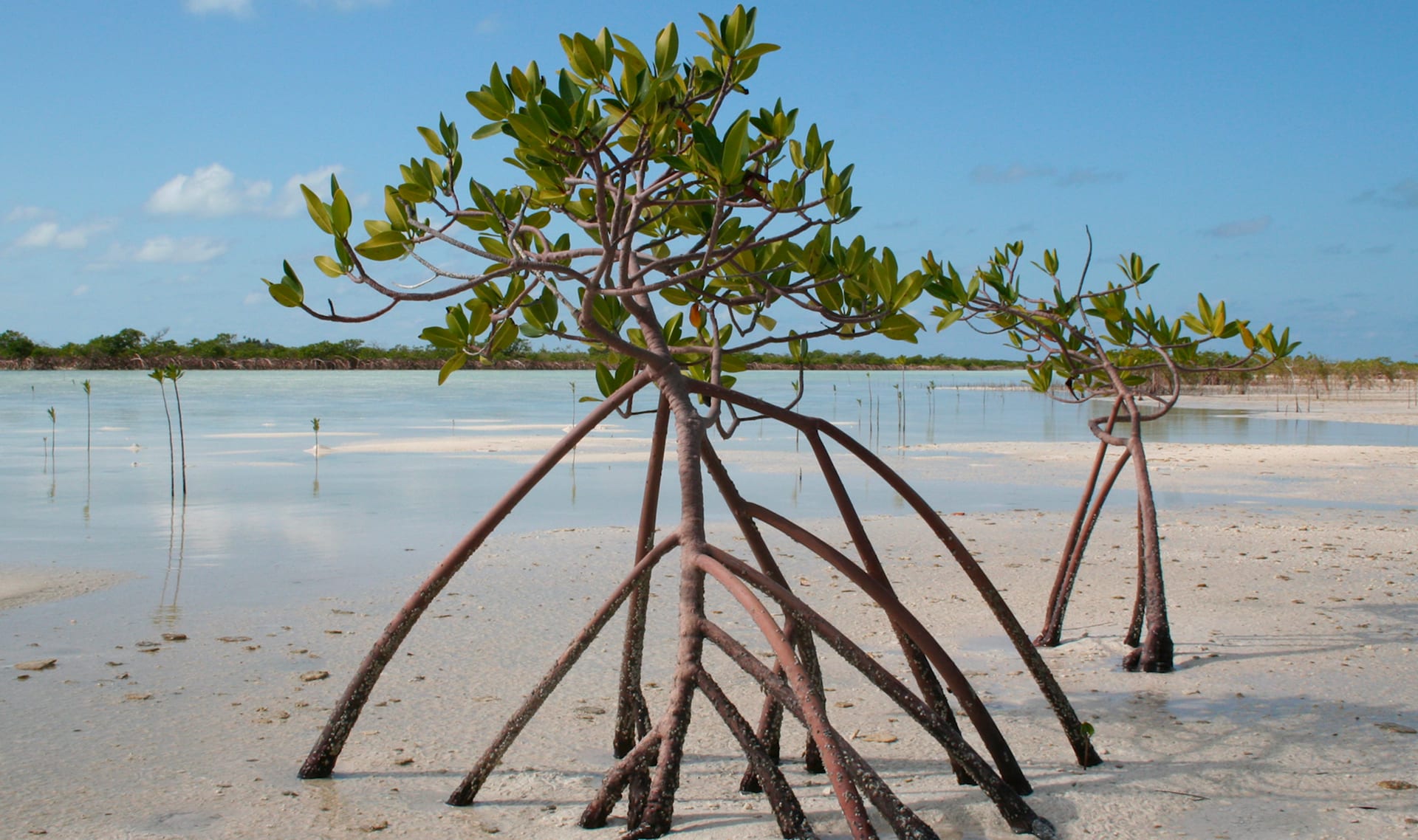
DISCUSS:
What parts are similar to other trees you’ve seen?
What parts are different?
What parts are similar to other trees you’ve seen?
What parts are different?

Please wait…
This video is having trouble loading. You may have lost your Internet connection.
Step 1: Click to Reload this page
Step 2: Click to
Try our other video player
Step 3: contact support if trouble persists.
Or,
dismiss this message.
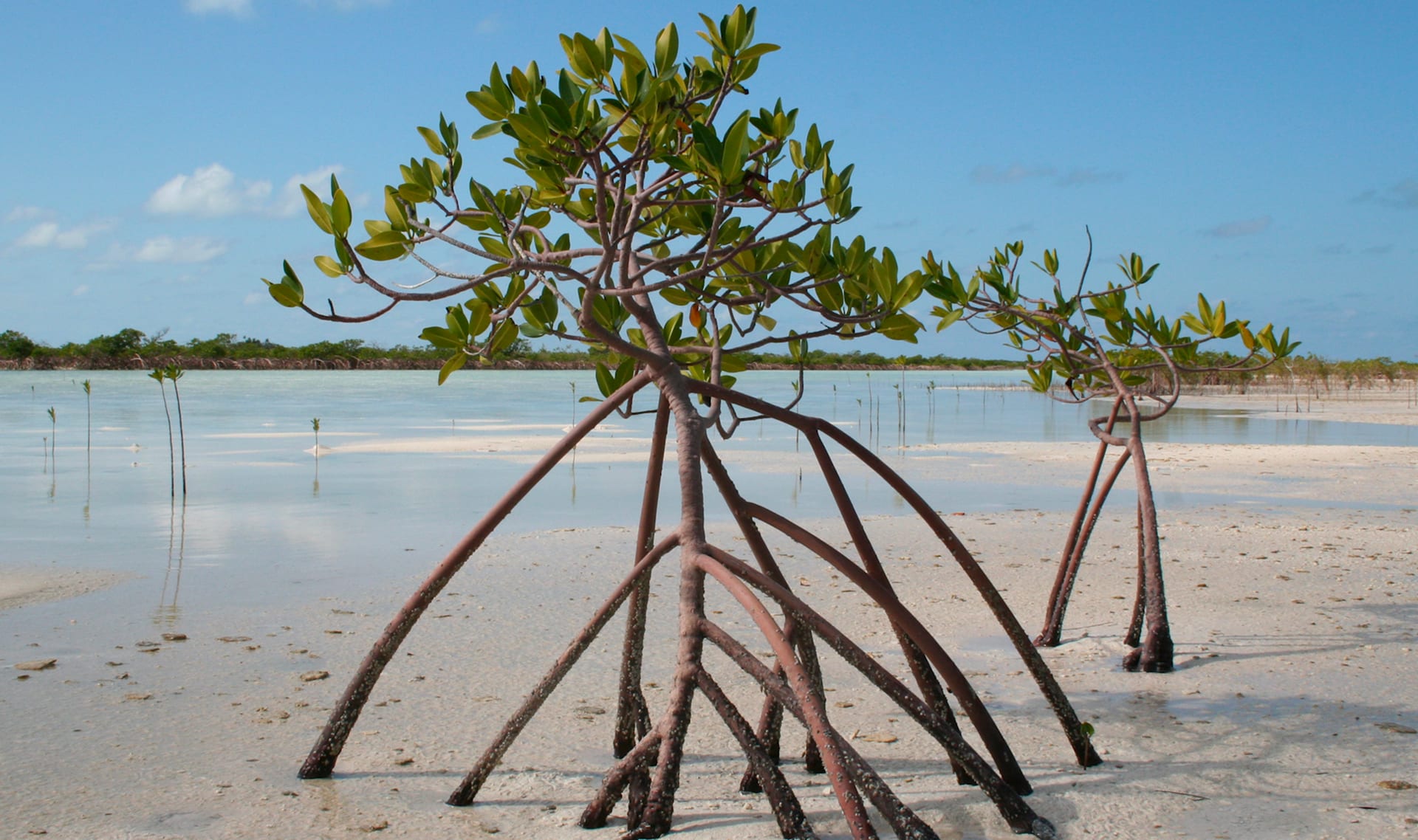
DISCUSS:
Based on their structure, what do you think these curvy parts do to help this tree survive?
Based on their structure, what do you think these curvy parts do to help this tree survive?

Please wait…
This video is having trouble loading. You may have lost your Internet connection.
Step 1: Click to Reload this page
Step 2: Click to
Try our other video player
Step 3: contact support if trouble persists.
Or,
dismiss this message.

Please wait…
This video is having trouble loading. You may have lost your Internet connection.
Step 1: Click to Reload this page
Step 2: Click to
Try our other video player
Step 3: contact support if trouble persists.
Or,
dismiss this message.
Step
01/21
01/21
In today’s activity, you’ll work with a partner.

Please wait…
This video is having trouble loading. You may have lost your Internet connection.
Step 1: Click to Reload this page
Step 2: Click to
Try our other video player
Step 3: contact support if trouble persists.
Or,
dismiss this message.
Step
02/21
02/21
Get these supplies. (You'll get more supplies later.)

Please wait…
This video is having trouble loading. You may have lost your Internet connection.
Step 1: Click to Reload this page
Step 2: Click to
Try our other video player
Step 3: contact support if trouble persists.
Or,
dismiss this message.
Step
03/21
03/21
Look for similarities and differences among the roots of six types of
trees. Write (and draw) your observations on your Roots worksheet.
trees. Write (and draw) your observations on your Roots worksheet.

Please wait…
This video is having trouble loading. You may have lost your Internet connection.
Step 1: Click to Reload this page
Step 2: Click to
Try our other video player
Step 3: contact support if trouble persists.
Or,
dismiss this message.
Step
04/21
04/21
Discuss.

Please wait…
This video is having trouble loading. You may have lost your Internet connection.
Step 1: Click to Reload this page
Step 2: Click to
Try our other video player
Step 3: contact support if trouble persists.
Or,
dismiss this message.
Step
05/21
05/21
Watch carefully to observe what happens when it rains in
Environment A and Environment B. Answer questions 1a and 1b on
your Evidence worksheet.
Environment A and Environment B. Answer questions 1a and 1b on
your Evidence worksheet.

Please wait…
This video is having trouble loading. You may have lost your Internet connection.
Step 1: Click to Reload this page
Step 2: Click to
Try our other video player
Step 3: contact support if trouble persists.
Or,
dismiss this message.
Step
06/21
06/21
Discuss.

Please wait…
This video is having trouble loading. You may have lost your Internet connection.
Step 1: Click to Reload this page
Step 2: Click to
Try our other video player
Step 3: contact support if trouble persists.
Or,
dismiss this message.
Step
07/21
07/21
Answer questions 2a and 2b on your worksheet.
Be sure to support your claims with evidence you gathered earlier.
Be sure to support your claims with evidence you gathered earlier.

Please wait…
This video is having trouble loading. You may have lost your Internet connection.
Step 1: Click to Reload this page
Step 2: Click to
Try our other video player
Step 3: contact support if trouble persists.
Or,
dismiss this message.
Step
08/21
08/21
Discuss.

Please wait…
This video is having trouble loading. You may have lost your Internet connection.
Step 1: Click to Reload this page
Step 2: Click to
Try our other video player
Step 3: contact support if trouble persists.
Or,
dismiss this message.
Step
09/21
09/21
Get these supplies.

Please wait…
This video is having trouble loading. You may have lost your Internet connection.
Step 1: Click to Reload this page
Step 2: Click to
Try our other video player
Step 3: contact support if trouble persists.
Or,
dismiss this message.
Step
10/21
10/21
Partner 1: Hold both branch models over the side of your desk.
Partner 2: Put a heavy book on top of the ends to hold the branches
in place. Make sure the branches are the same length.
Partner 2: Put a heavy book on top of the ends to hold the branches
in place. Make sure the branches are the same length.

Please wait…
This video is having trouble loading. You may have lost your Internet connection.
Step 1: Click to Reload this page
Step 2: Click to
Try our other video player
Step 3: contact support if trouble persists.
Or,
dismiss this message.
Step
11/21
11/21
Add 1 paper clip to the tip of each branch model.
Discuss. Then, answer question 3 on your Evidence worksheet.
Discuss. Then, answer question 3 on your Evidence worksheet.

Please wait…
This video is having trouble loading. You may have lost your Internet connection.
Step 1: Click to Reload this page
Step 2: Click to
Try our other video player
Step 3: contact support if trouble persists.
Or,
dismiss this message.
Step
12/21
12/21
Explore what happens as you add even more paper clips to the tips
of your model branches. Discuss what you notice with your partner.
of your model branches. Discuss what you notice with your partner.

Please wait…
This video is having trouble loading. You may have lost your Internet connection.
Step 1: Click to Reload this page
Step 2: Click to
Try our other video player
Step 3: contact support if trouble persists.
Or,
dismiss this message.
Step
13/21
13/21
Answer question 4 on your Evidence worksheet.

Please wait…
This video is having trouble loading. You may have lost your Internet connection.
Step 1: Click to Reload this page
Step 2: Click to
Try our other video player
Step 3: contact support if trouble persists.
Or,
dismiss this message.
Step
14/21
14/21
Watch what happens when we add a lot of weight to our branches.
Discuss what you notice with your partner.
Then answer question 5 on your Evidence worksheet.
Discuss what you notice with your partner.
Then answer question 5 on your Evidence worksheet.

Please wait…
This video is having trouble loading. You may have lost your Internet connection.
Step 1: Click to Reload this page
Step 2: Click to
Try our other video player
Step 3: contact support if trouble persists.
Or,
dismiss this message.
Step
15/21
15/21
Discuss.

Please wait…
This video is having trouble loading. You may have lost your Internet connection.
Step 1: Click to Reload this page
Step 2: Click to
Try our other video player
Step 3: contact support if trouble persists.
Or,
dismiss this message.
Step
16/21
16/21
Watch how two types of real tree branches function under different
weights. Then, discuss:
weights. Then, discuss:

Please wait…
This video is having trouble loading. You may have lost your Internet connection.
Step 1: Click to Reload this page
Step 2: Click to
Try our other video player
Step 3: contact support if trouble persists.
Or,
dismiss this message.
Step
17/21
17/21
Get your final supplies.

Please wait…
This video is having trouble loading. You may have lost your Internet connection.
Step 1: Click to Reload this page
Step 2: Click to
Try our other video player
Step 3: contact support if trouble persists.
Or,
dismiss this message.
Step
18/21
18/21
Read the Anchortown Forest info sheet. Use your red colored pencil
to underline information about which kind of roots help trees survive
in Anchortown Forest.
to underline information about which kind of roots help trees survive
in Anchortown Forest.

Please wait…
This video is having trouble loading. You may have lost your Internet connection.
Step 1: Click to Reload this page
Step 2: Click to
Try our other video player
Step 3: contact support if trouble persists.
Or,
dismiss this message.
Step
19/21
19/21
Review all clues from your Evidence sheet and the Anchortown Info
sheet. Discuss with your partner. Answer question 1 and then draw what you think the roots look like.
sheet. Discuss with your partner. Answer question 1 and then draw what you think the roots look like.

Please wait…
This video is having trouble loading. You may have lost your Internet connection.
Step 1: Click to Reload this page
Step 2: Click to
Try our other video player
Step 3: contact support if trouble persists.
Or,
dismiss this message.
Step
20/21
20/21
Read the Anchortown Forest Info sheet again. Use your blue colored
pencil to underline information about which kind of branches help
trees survive in Anchortown Forest.
pencil to underline information about which kind of branches help
trees survive in Anchortown Forest.

Please wait…
This video is having trouble loading. You may have lost your Internet connection.
Step 1: Click to Reload this page
Step 2: Click to
Try our other video player
Step 3: contact support if trouble persists.
Or,
dismiss this message.
Step
21/21
21/21
Review all clues from your Evidence sheet and the Anchortown Info
sheet. Discuss with your partner. Answer question 2 and then draw what you think the branches look like.
sheet. Discuss with your partner. Answer question 2 and then draw what you think the branches look like.

Please wait…
This video is having trouble loading. You may have lost your Internet connection.
Step 1: Click to Reload this page
Step 2: Click to
Try our other video player
Step 3: contact support if trouble persists.
Or,
dismiss this message.
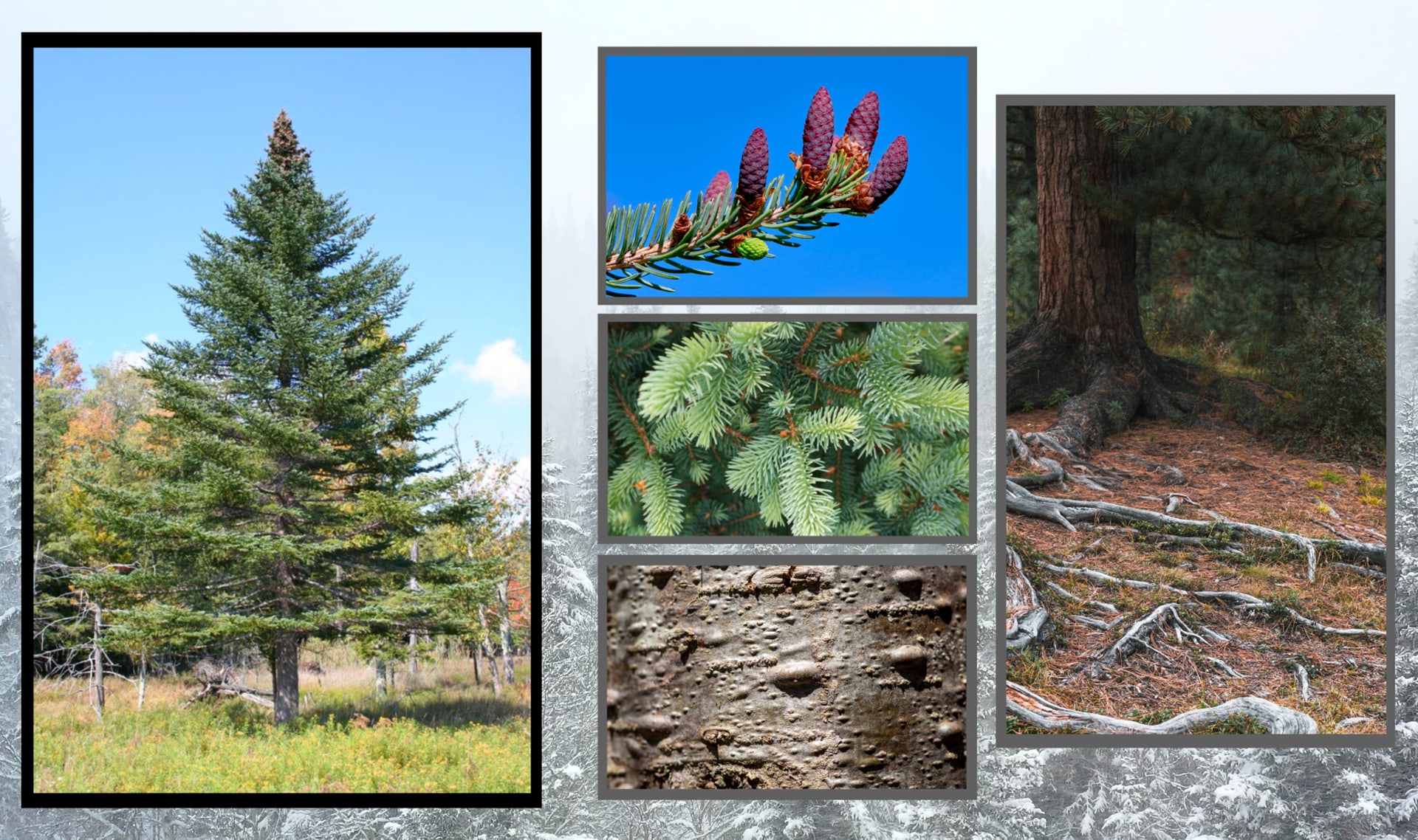
DISCUSS:
What else can you notice about this tree?
How would you describe its structures?
What else can you notice about this tree?
How would you describe its structures?

Please wait…
This video is having trouble loading. You may have lost your Internet connection.
Step 1: Click to Reload this page
Step 2: Click to
Try our other video player
Step 3: contact support if trouble persists.
Or,
dismiss this message.
DISCUSS:
What are some parts of your body that work together as a system?
How does that system help you survive?

Please wait…
This video is having trouble loading. You may have lost your Internet connection.
Step 1: Click to Reload this page
Step 2: Click to
Try our other video player
Step 3: contact support if trouble persists.
Or,
dismiss this message.
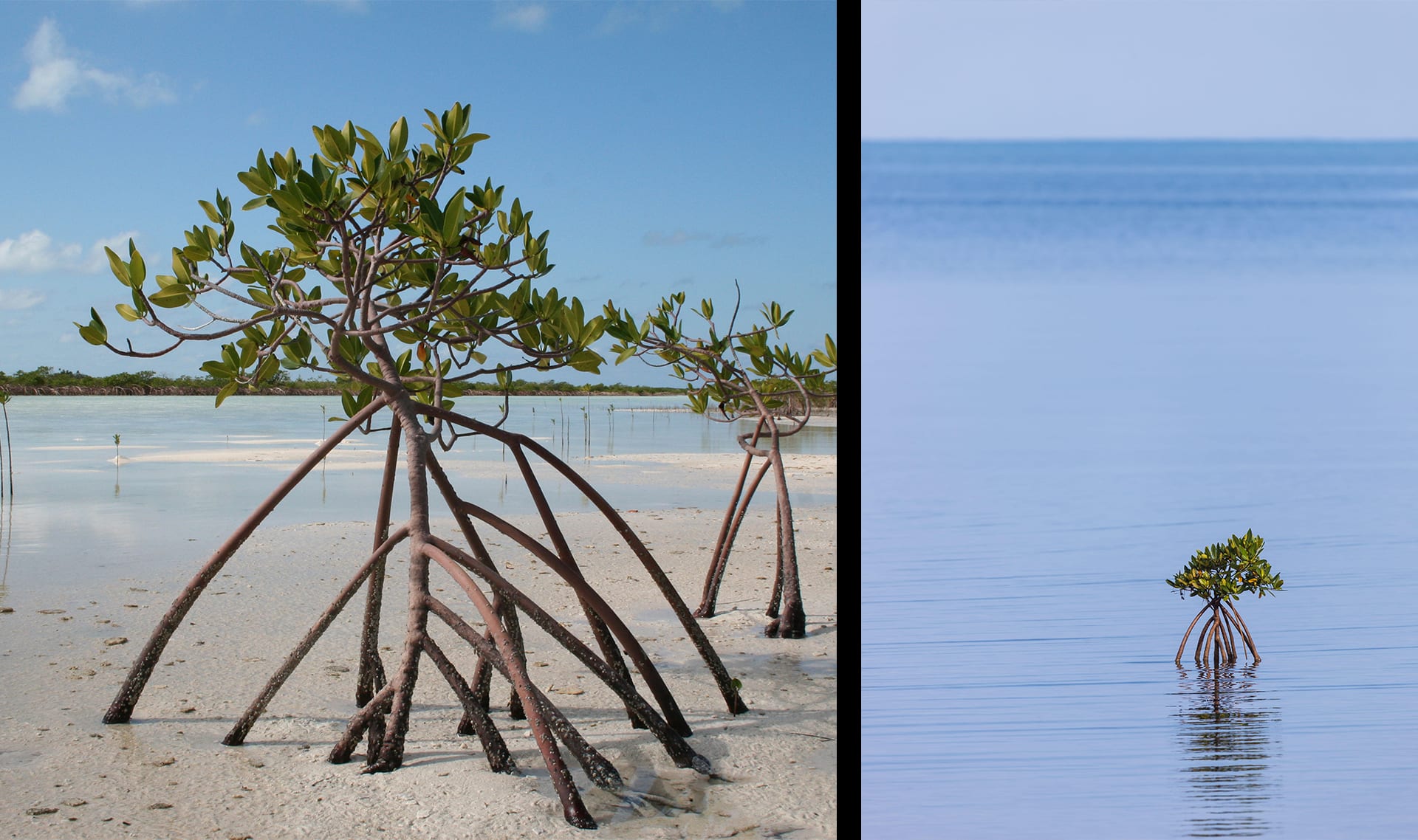
DISCUSS:
Based on the evidence, how might this tree’s structures help it stay safe in an environment filled with water?
Based on the evidence, how might this tree’s structures help it stay safe in an environment filled with water?

Please wait…
This video is having trouble loading. You may have lost your Internet connection.
Step 1: Click to Reload this page
Step 2: Click to
Try our other video player
Step 3: contact support if trouble persists.
Or,
dismiss this message.
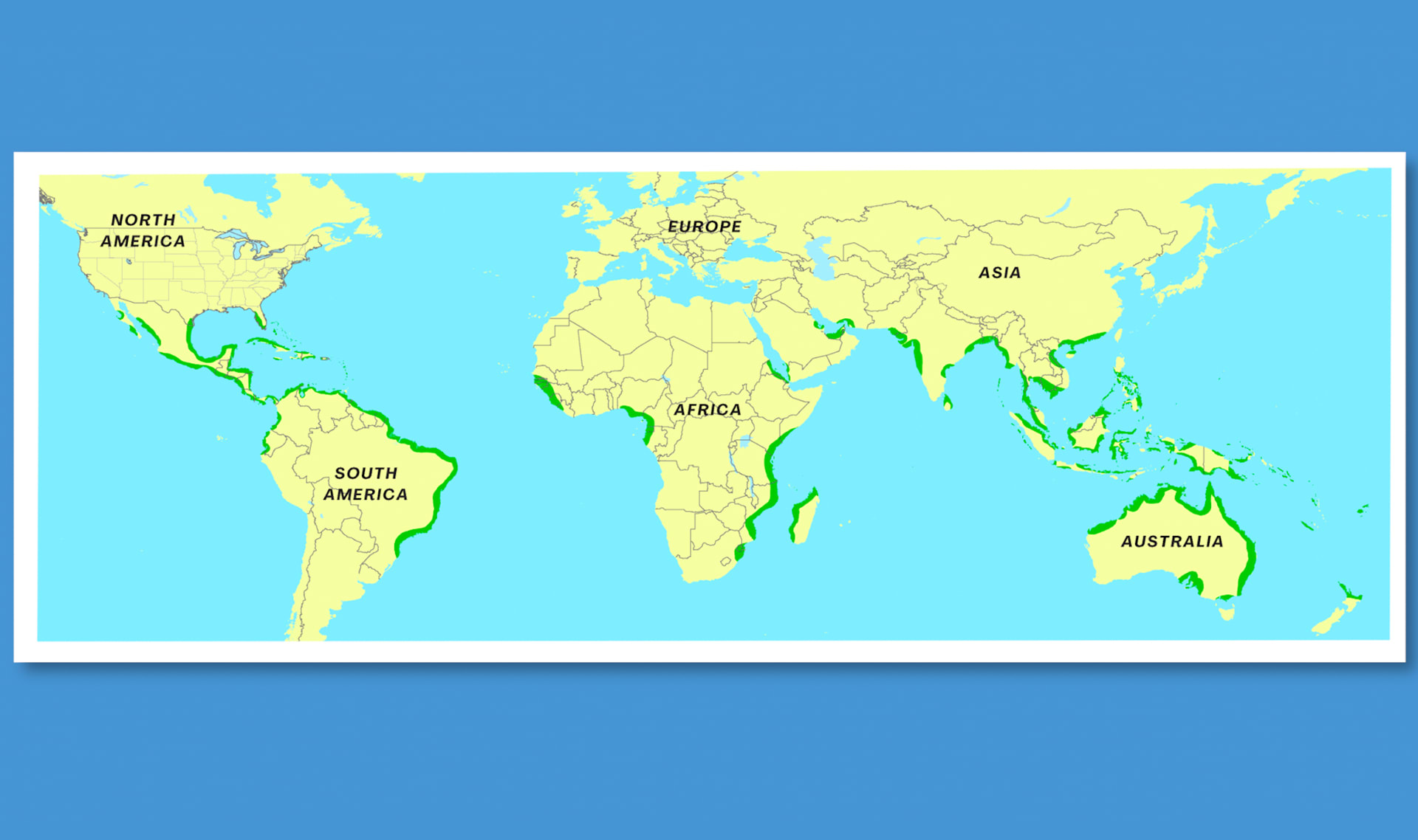
DISCUSS:
What pattern do you notice about the places where these types of trees are
found?
What pattern do you notice about the places where these types of trees are
found?

Please wait…
This video is having trouble loading. You may have lost your Internet connection.
Step 1: Click to Reload this page
Step 2: Click to
Try our other video player
Step 3: contact support if trouble persists.
Or,
dismiss this message.

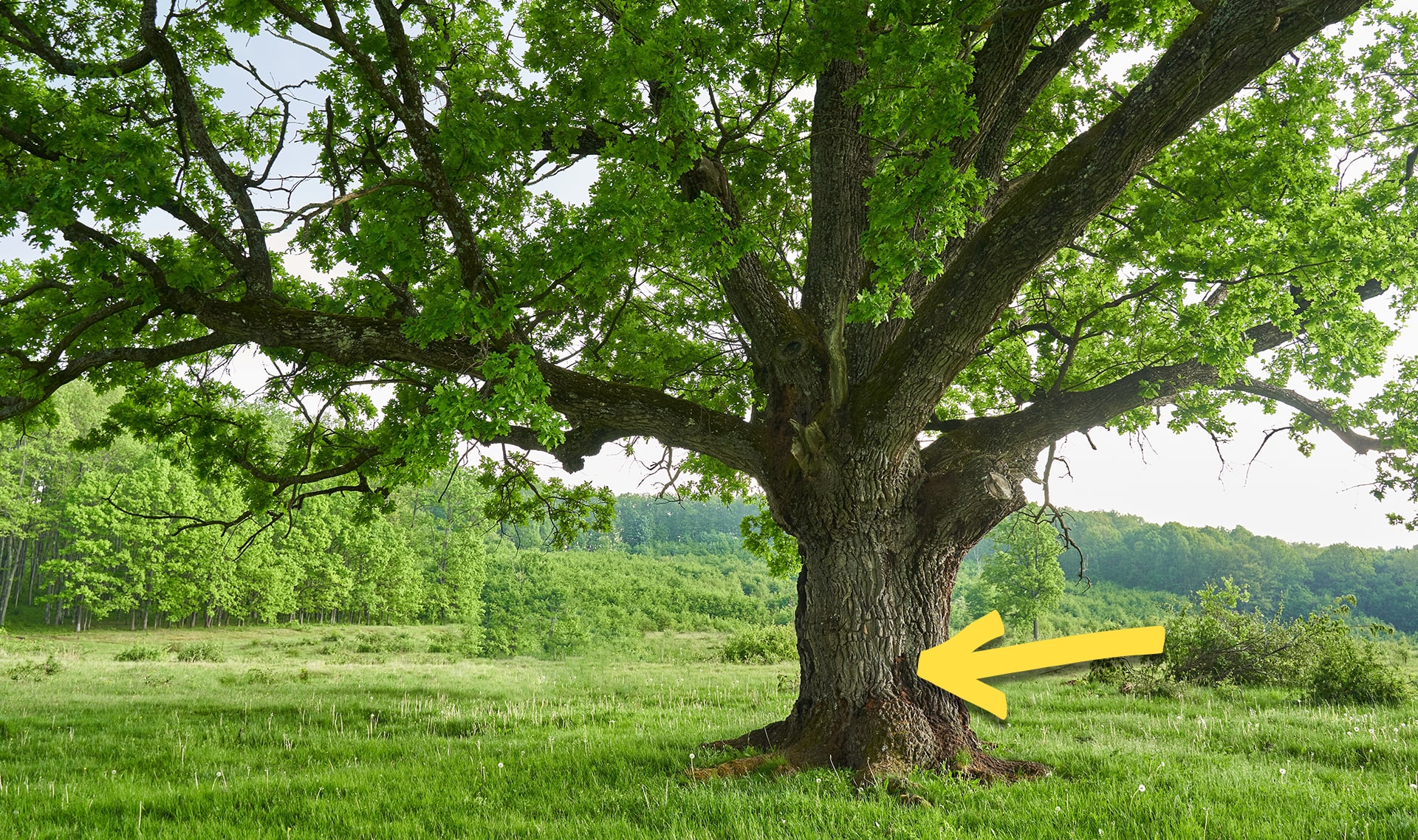
trunk
1 of 14
the thick middle part of a tree
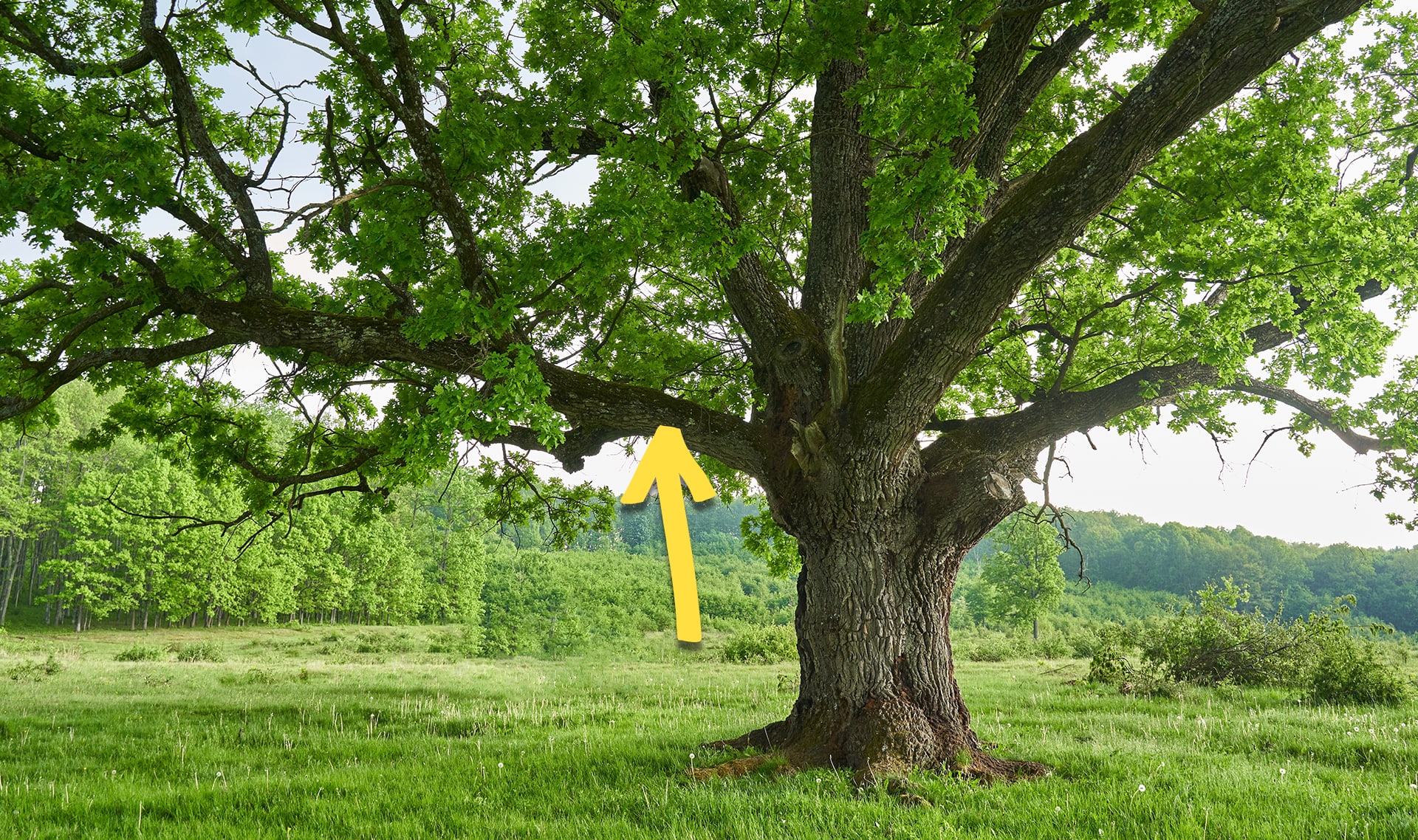
branch
2 of 14
a part of a tree that grows out from the trunk and usually has leaves
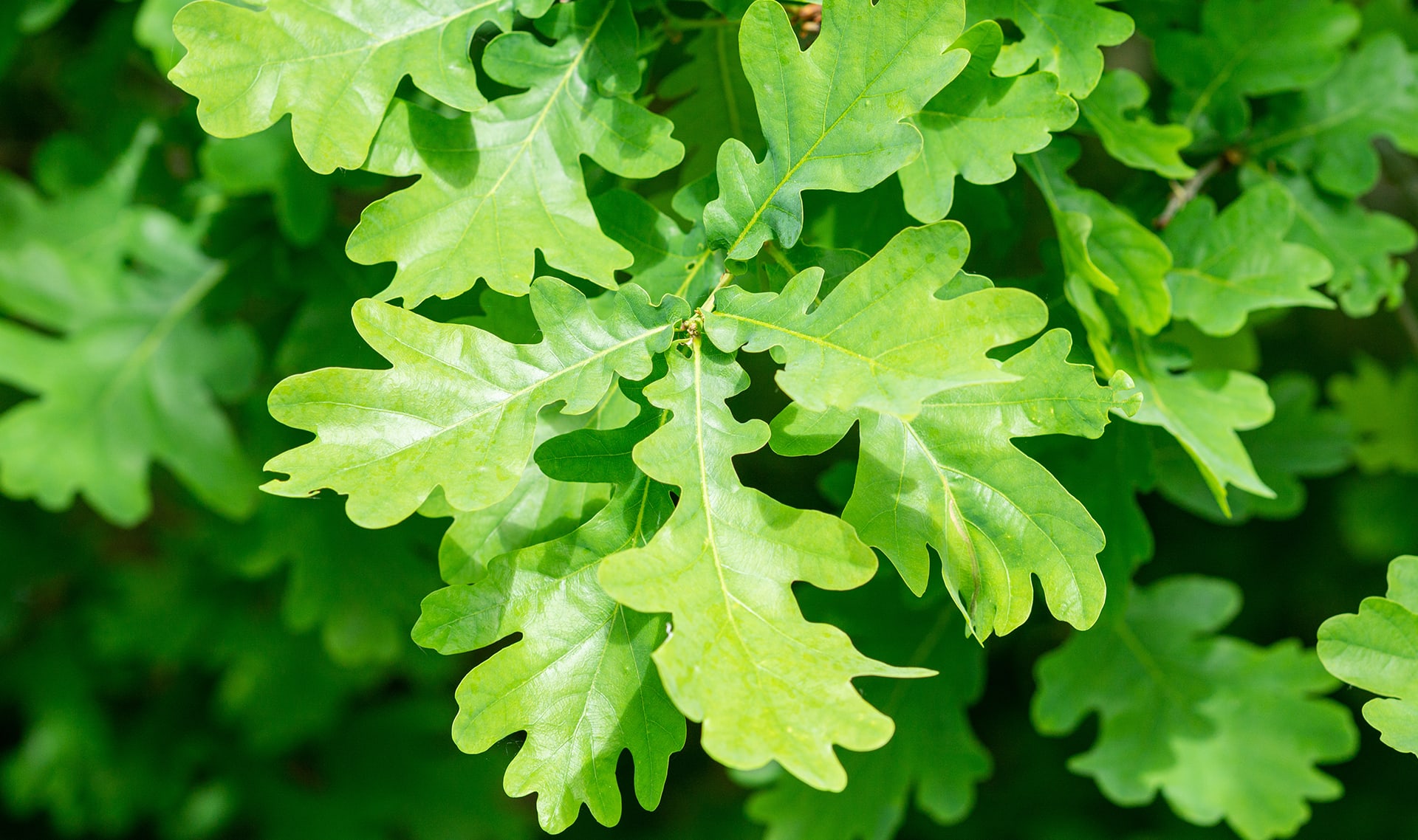
leaf
3 of 14
a part of a plant that is often flat and green
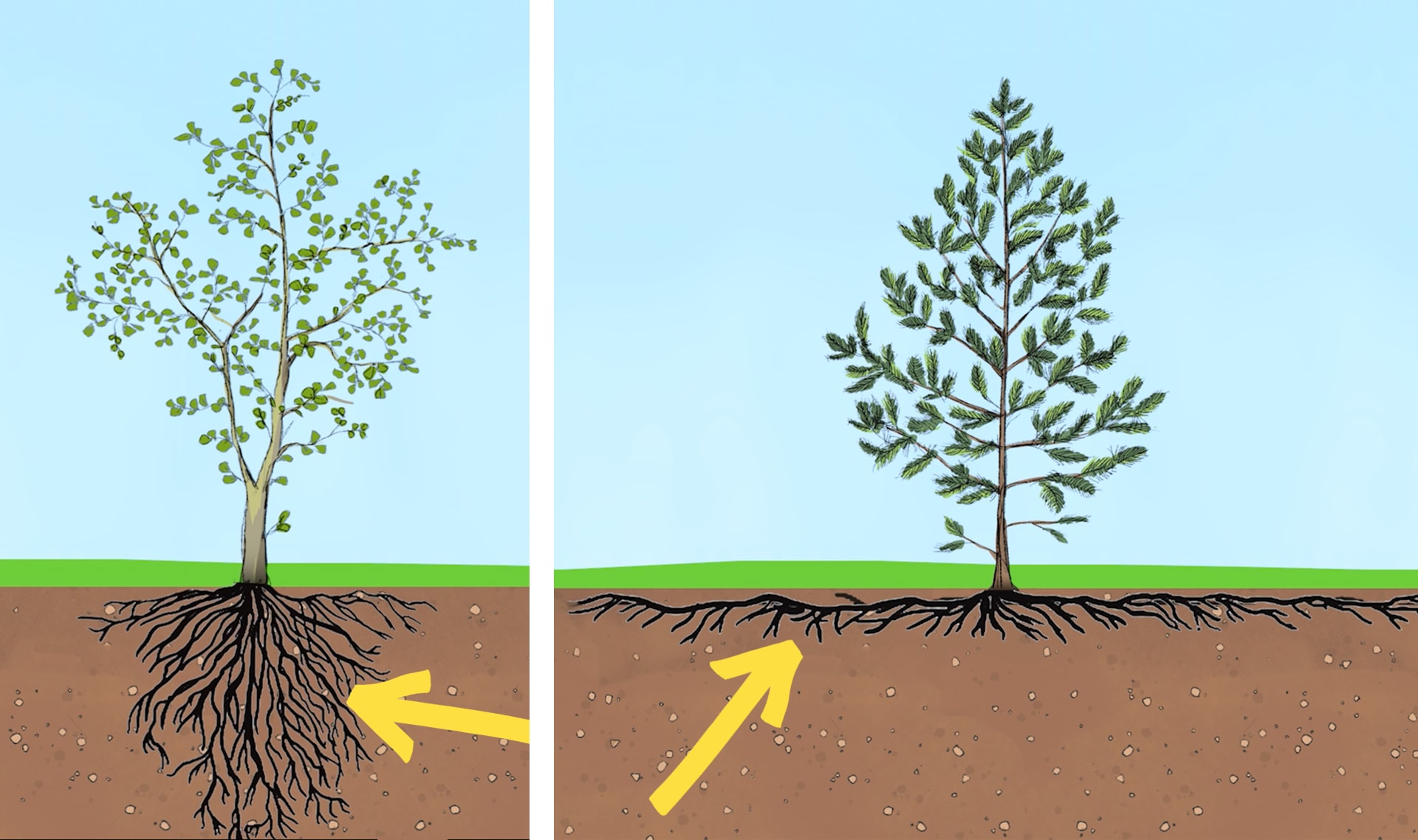
root
4 of 14
a part of a plant that is usually under the ground
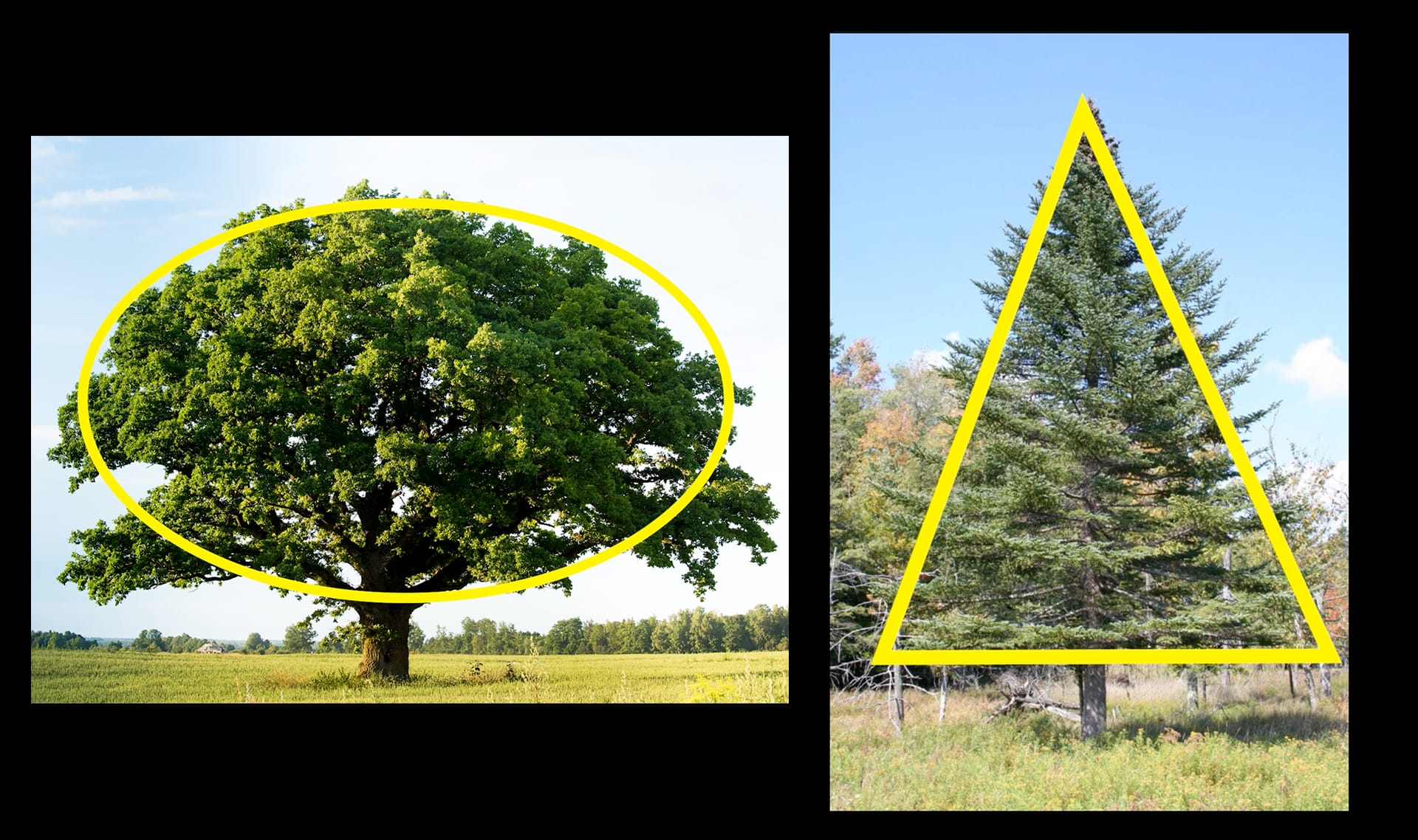
structure
5 of 14
the specific form and shape of something

Please wait…
This video is having trouble loading. You may have lost your Internet connection.
Step 1: Click to Reload this page
Step 2: Click to
Try our other video player
Step 3: contact support if trouble persists.
Or,
dismiss this message.
function
6 of 14
what something does
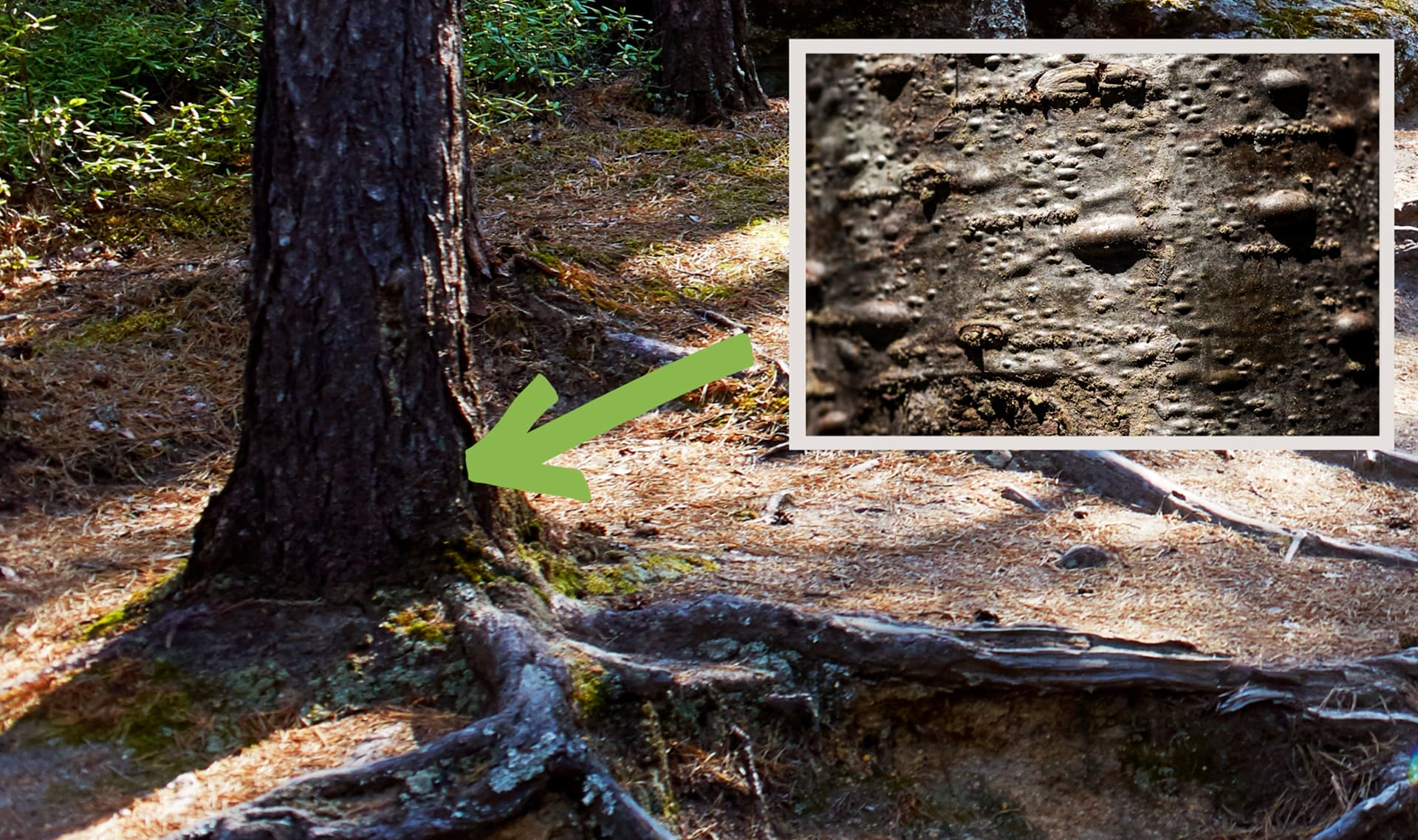
external
7 of 14
the outside of something, including the outside of living things
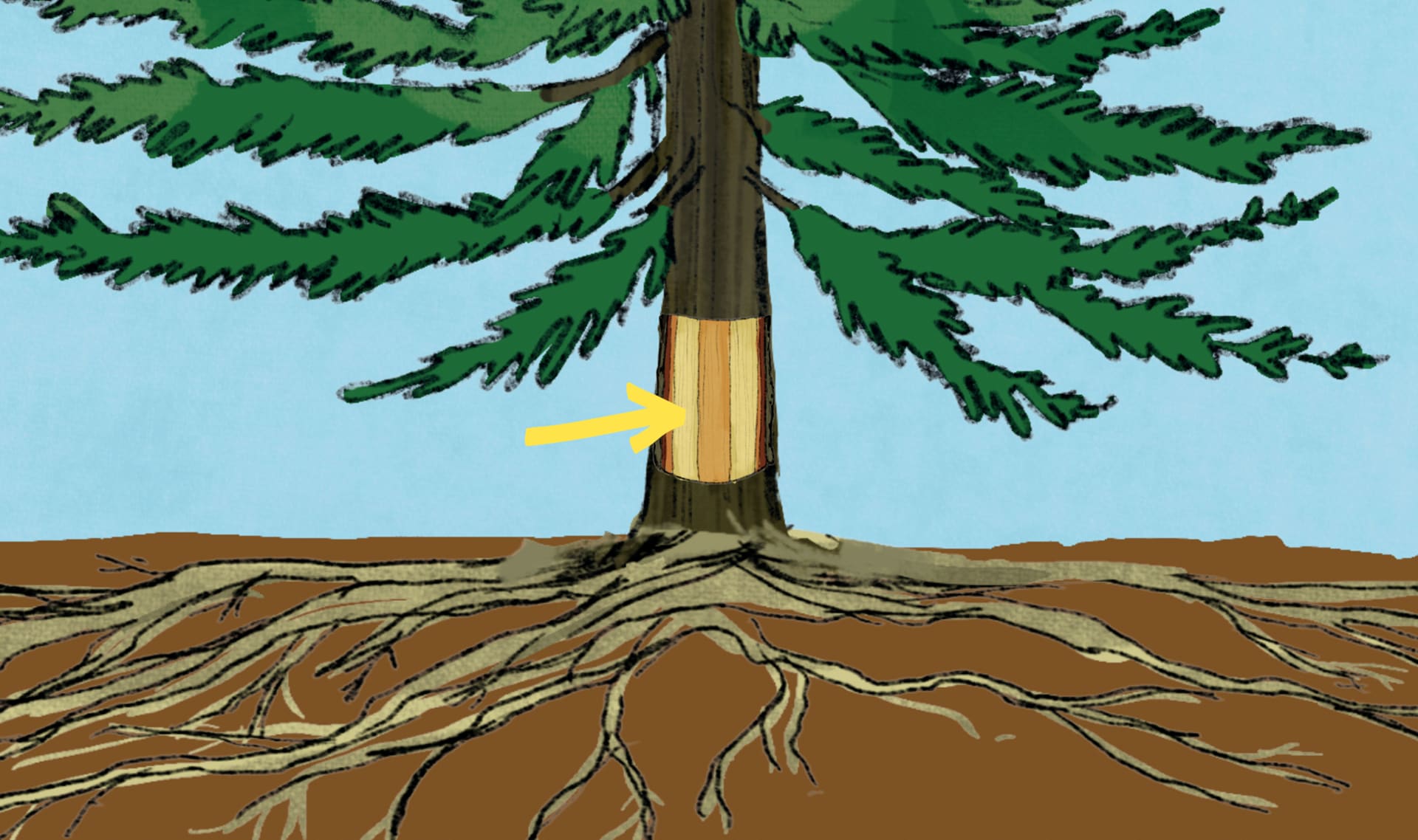
internal
8 of 14
the inside of something, including the inside of living things
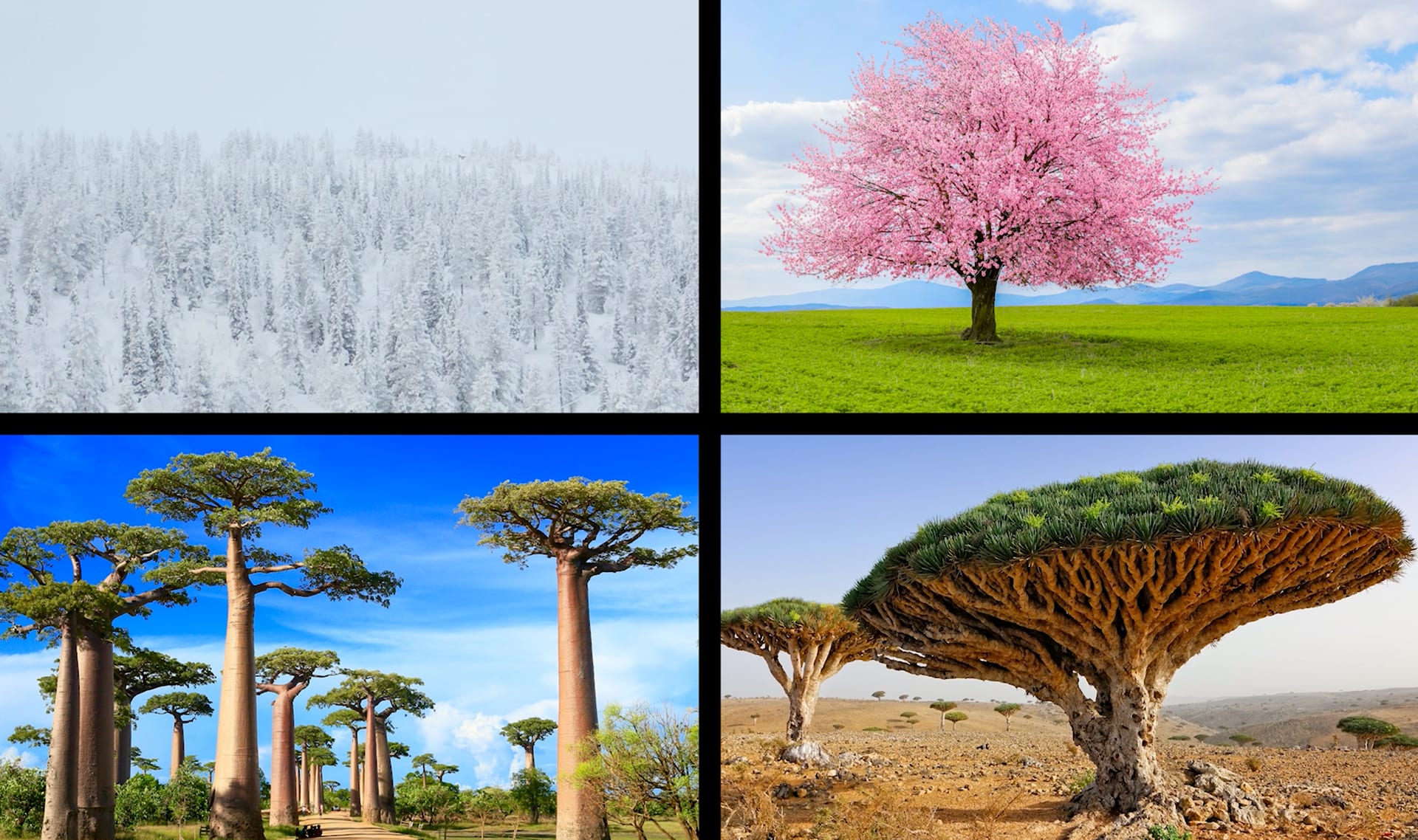
environment
9 of 14
all the living and nonliving things in a particular place

taiga (boreal forest)
10 of 14
a cold, forest environment where trees often have needle-shaped leaves
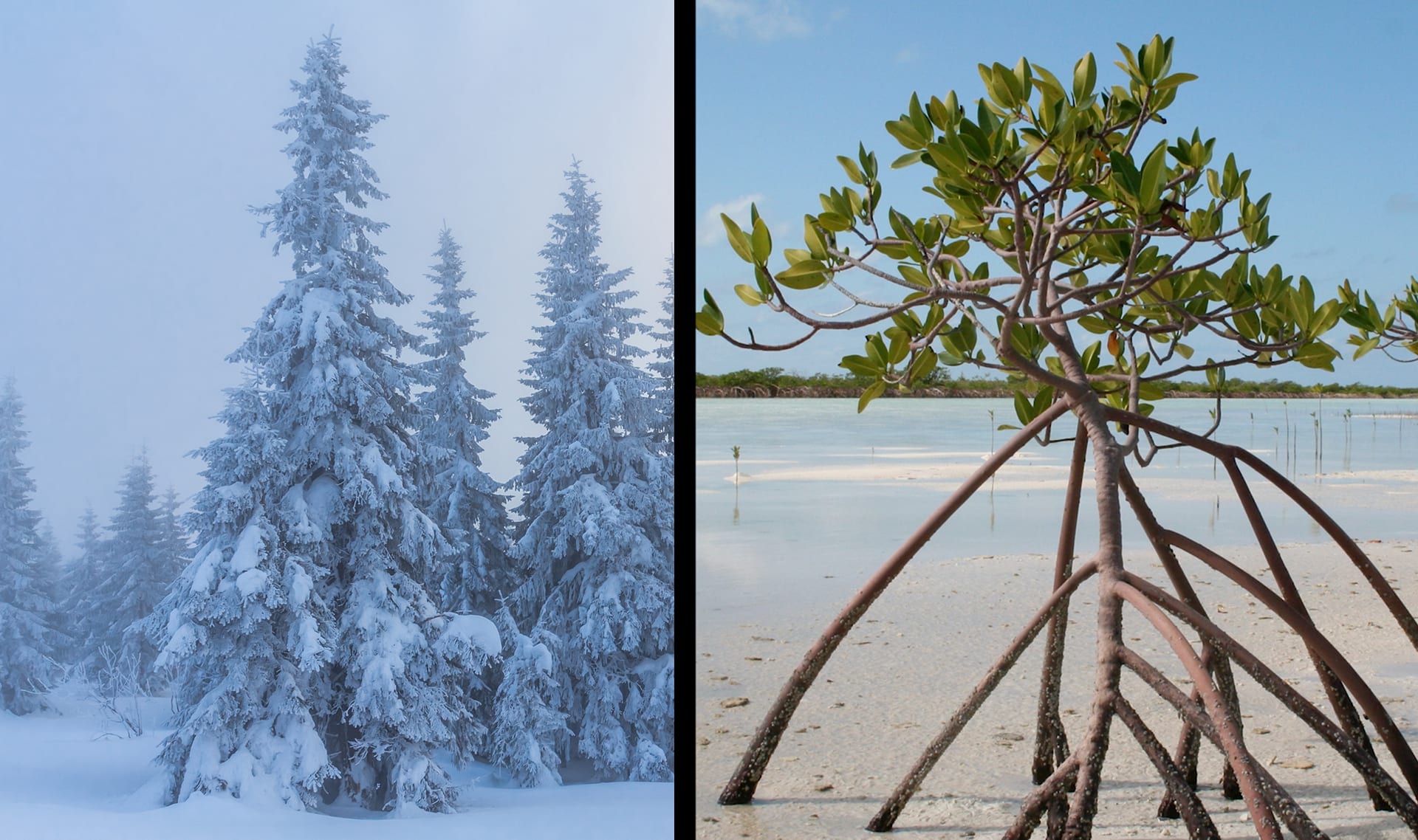
adaptation
11 of 14
a physical trait or behavior that helps a living thing survive in its environment

system
12 of 14
a group of things that affect each other and function as a whole
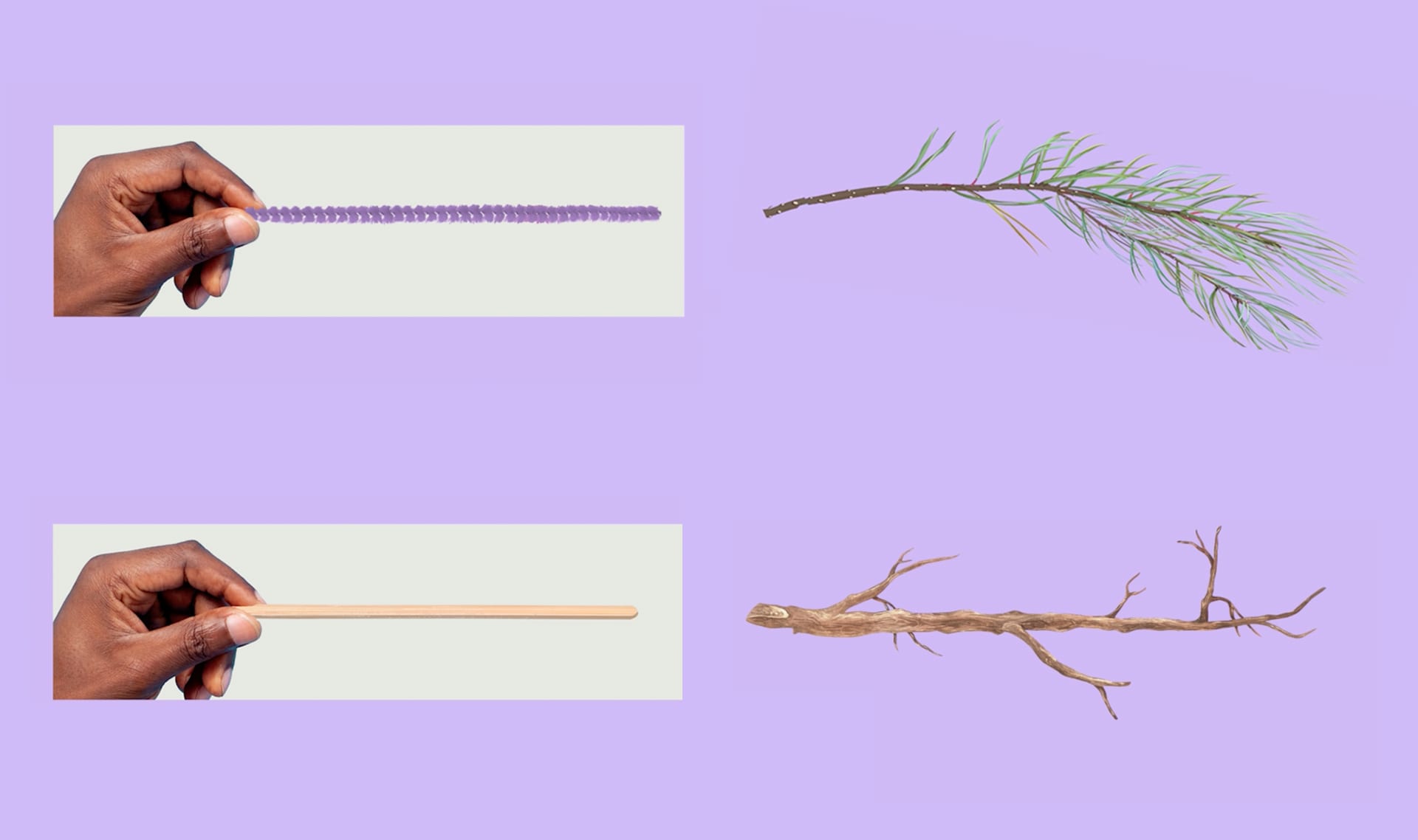
model
13 of 14
a pretend version of something that scientists use when the real thing is too big, small, or complicated to work with

Please wait…
This video is having trouble loading. You may have lost your Internet connection.
Step 1: Click to Reload this page
Step 2: Click to
Try our other video player
Step 3: contact support if trouble persists.
Or,
dismiss this message.
evidence
14 of 14
information that can be used to support or reject an idea
🎉
That’s it for this lesson! How did it go?
Extend this lesson
Sign up now for more great lessons!
